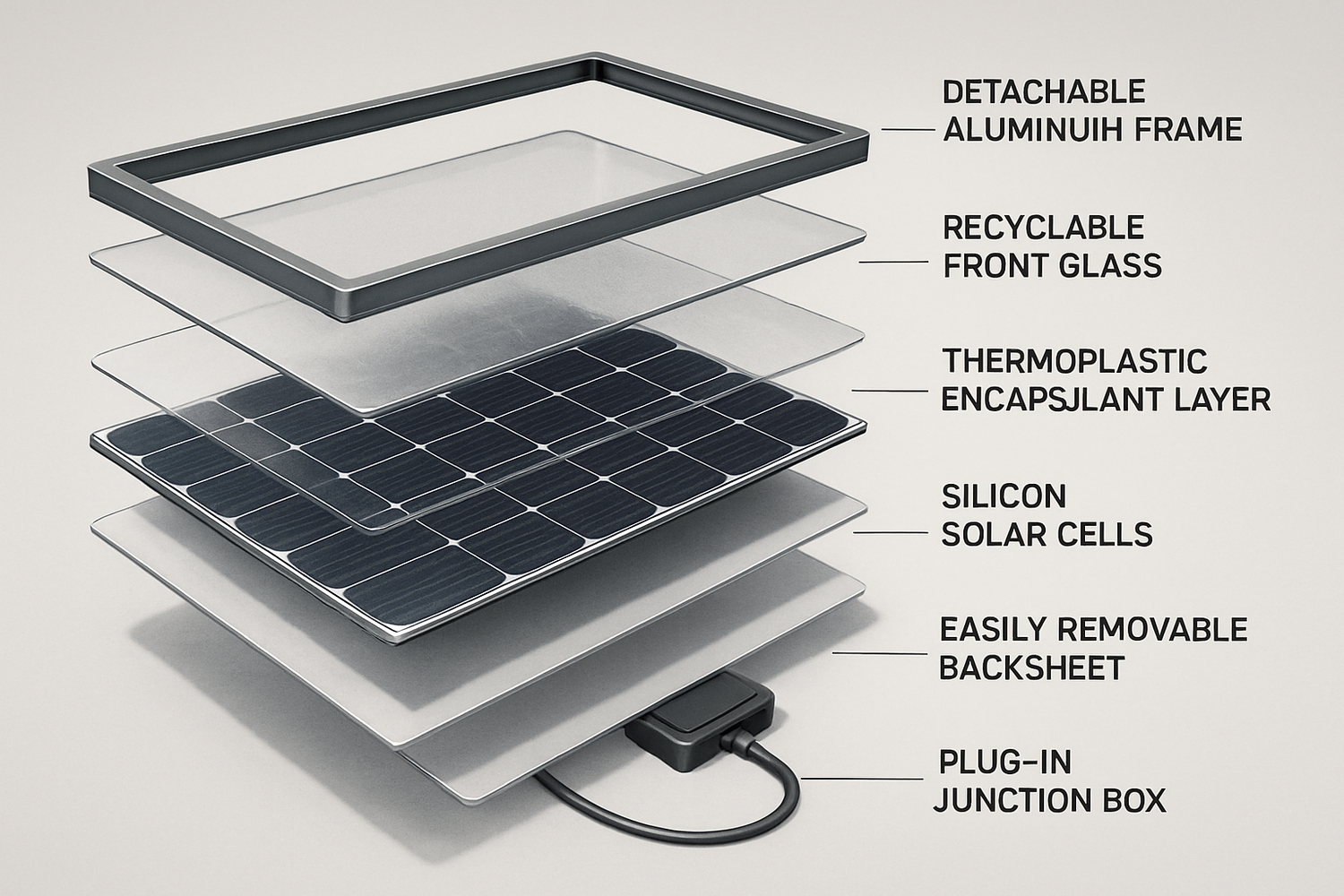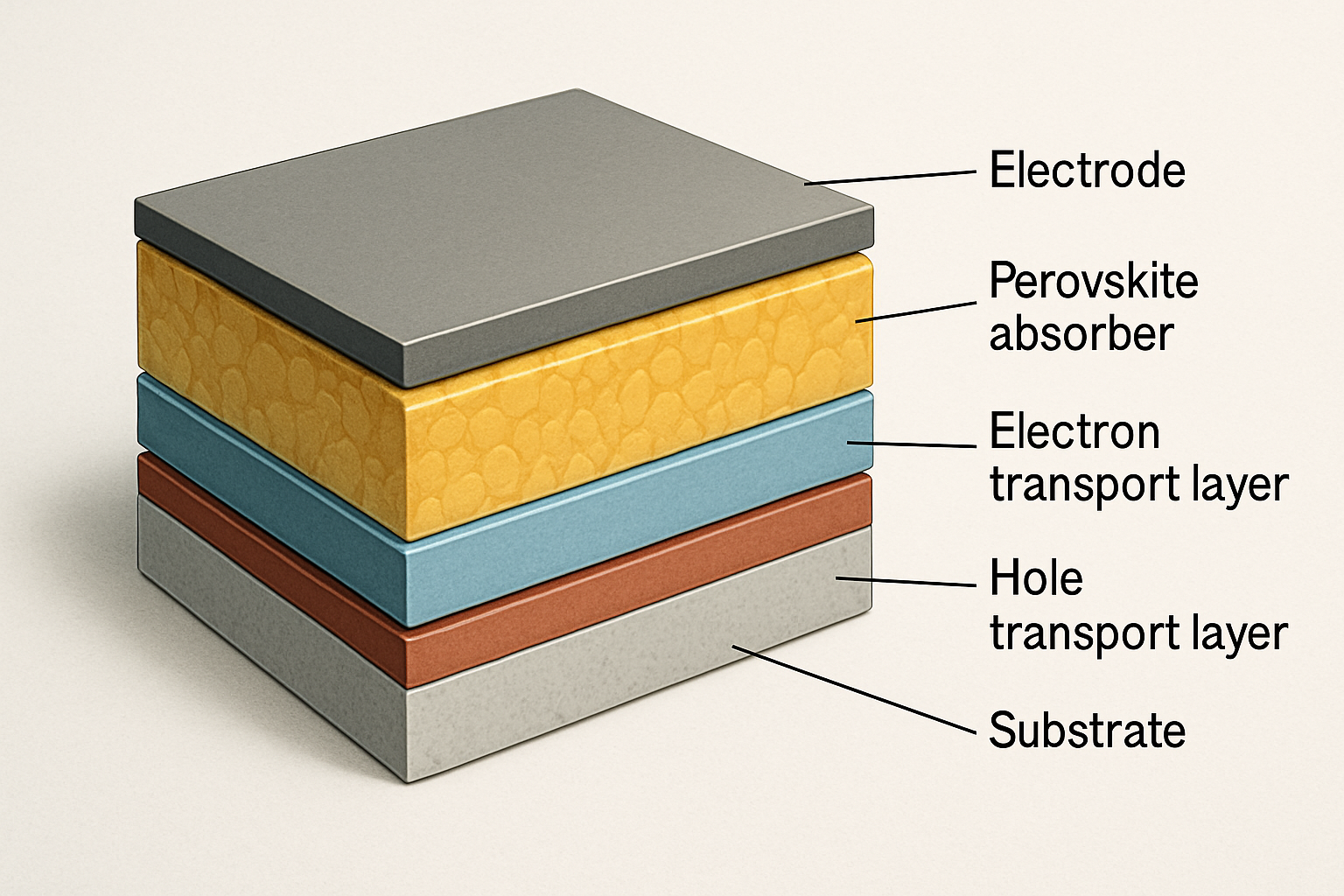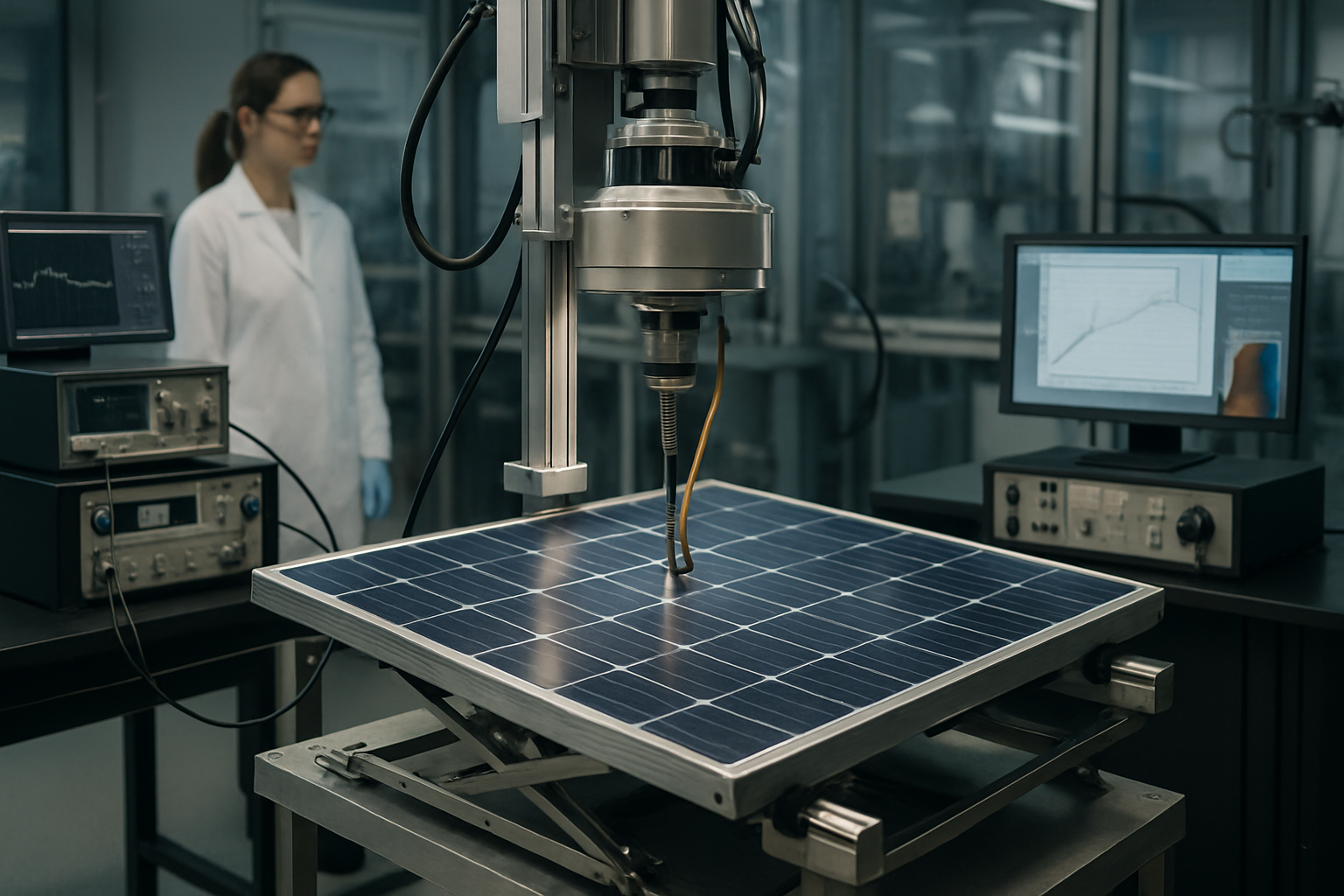The rapid growth of solar energy is a major step toward a cleaner energy future. Yet, with this expansion comes a critical challenge: what happens to millions of solar panels at the end of their 25- to 30-year lifespan? A proactive approach, known as Design for Disassembly (DfD), is key to transforming this potential waste stream into a valuable resource, paving the way for a truly circular solar economy.
DfD is a design philosophy focused on creating products that can be easily and cost-effectively taken apart at the end of their life. For solar modules, this means rethinking how they are constructed to maximize material recovery, facilitate repairs, and enable reuse. By embedding circularity into the initial design phase, we can significantly reduce landfill waste and decrease reliance on virgin materials.
Core Principles of Designing for Disassembly
Creating a circular-ready solar module involves a fundamental shift in design thinking. It moves away from permanent, hard-to-separate construction and toward modularity and smart material choices. Several core principles guide this process.
Material Selection and Identification
The foundation of a recyclable product is its materials. A DfD approach prioritizes the use of non-toxic, high-purity materials that can be easily recovered and reintroduced into manufacturing. This includes avoiding hazardous substances that complicate recycling and require special handling. Clear, standardized labeling of all components is also crucial, allowing recycling facilities to quickly identify and sort different plastics, metals, and composites for efficient processing.
Reversible Connections and Modular Design
One of the biggest hurdles in current solar panel recycling is the use of strong, permanent adhesives and laminates. As an IEA-PVPS report on the topic highlights, minimizing non-reversible bonds is a key guideline for improving recyclability. DfD champions the use of mechanical fasteners like screws, clamps, and bolts instead of industrial glues. This simple change makes it significantly easier to separate the aluminum frame, glass, and backsheet without damaging the components. A modular architecture, where components like the junction box can be easily unplugged and replaced, also simplifies repairs and extends the module's useful life.
Standardization of Components
Imagine a future where a damaged junction box from any brand could be replaced with a universal part. Standardization of key components—from frame dimensions to electrical connectors—is a powerful enabler of a circular economy. It streamlines the repair, refurbishment, and remanufacturing processes, making it economically viable to give modules a second life rather than sending them straight to a recycler.
Key Components and Material Innovations
Applying DfD principles requires innovation in the core components of a solar module. Researchers and manufacturers are actively developing new materials and architectures that balance durability with end-of-life circularity.
Reimagining Encapsulants and Backsheets
The encapsulant, typically Ethylene Vinyl Acetate (EVA), is the glue that holds the module sandwich together. While effective at protecting solar cells for decades, it requires energy-intensive processes to separate during recycling. A promising innovation is the use of thermoplastic encapsulants, such as thermoplastic polyolefins (TPO). Unlike EVA which cures permanently, thermoplastics can be heated to soften and remove them, allowing for a much cleaner separation of the high-value glass and silicon cells. This simplifies the recycling process and improves the purity of recovered materials.
The Role of the Frame and Junction Box
The aluminum frame is one of the most easily recycled parts of a panel. A DfD approach ensures it can be removed without a struggle. This can be achieved by using screws or innovative clamping systems instead of silicone sealants that must be cut away. Similarly, junction boxes can be designed as plug-and-play units. This allows for quick replacement in case of failure, a common issue that can otherwise render an entire panel useless.

Cell-Level Considerations
Innovation extends all the way to the solar cells themselves. Research into lead-free solders for interconnecting ribbons reduces the hazardous material content of a panel. Furthermore, simplifying the complex web of wiring and contacts can make it easier to recover the valuable silicon and silver. According to one analysis, silver is the most valuable component recoverable from PV modules, making its efficient extraction a key economic driver for recycling.
The Economic and Environmental Case for DfD
Adopting Design for Disassembly is not just an environmental imperative; it is a significant economic opportunity. By planning for a module's end-of-life from the very beginning, we unlock new value streams and build a more resilient supply chain.
Enhancing Recyclability and Material Recovery
Panels designed for disassembly can achieve higher material recovery rates with less energy and cost. This is critical as the volume of retired panels grows. The value of recyclable materials from PV panels is projected to exceed $2.7 billion by 2030 and approach $80 billion by 2050. Capturing this value depends on our ability to efficiently extract key materials.
| Material | Potential Recovery Rate (DfD) | Economic Value |
|---|---|---|
| Glass | >95% | Low, but high volume |
| Aluminum | >98% | Moderate |
| Silicon | >90% | High (purity dependent) |
| Copper | >95% | High |
| Silver | >90% | Very High |
Creating New Business Opportunities
A circular economy for solar creates jobs and stimulates innovation. DfD enables robust business models centered on repair, refurbishment, and remanufacturing—activities that are often more profitable than raw material recycling. Service companies can specialize in upgrading or repairing modules, while secondary markets can thrive on the sale of refurbished panels for off-grid or less demanding applications. This extends the life of the product, maximizing the energy and resources invested in its creation.
Regulatory and Policy Drivers
Governments are beginning to recognize the importance of sustainable product design. The European Union's Ecodesign Directive, for example, is setting new standards for the sustainability and circularity of products sold in the EU, including solar modules. These regulations will require manufacturers to consider factors like carbon footprint, material content, and recyclability, making DfD not just a good idea, but a market necessity.
A Forward-Looking Perspective
Transitioning to a circular economy for solar energy requires a collective effort. Design for Disassembly is the critical first step, placing the power to reduce waste and conserve resources directly in the hands of designers and manufacturers. While challenges remain in balancing 30-year durability with easy end-of-life separation, ongoing material science and engineering innovations are proving it is possible.
By embracing DfD principles, the solar industry can lead the way in sustainable technology. It ensures that the clean energy we generate today does not create an environmental burden for future generations. Building modules that are made to be unmade is fundamental to securing a truly sustainable and independent energy future.
Frequently Asked Questions
What is Design for Disassembly (DfD) in solar modules?
Design for Disassembly is an approach to engineering that focuses on making solar modules easy to take apart at the end of their service life. This involves using reversible connections like screws instead of permanent glues, creating modular components, and selecting materials that are simple to separate and recycle.
Why is DfD important for the solar industry?
As millions of solar panels are installed globally, a massive wave of waste is expected in the coming decades. DfD is crucial for mitigating this waste by making recycling more efficient and economically viable. It helps recover valuable materials, reduces landfill use, and strengthens the sustainability of the entire solar supply chain.
Are circular-ready solar modules more expensive?
Initially, using different materials or fasteners might slightly alter manufacturing costs. However, the long-term economic benefits, including higher value from recovered materials and the potential for revenue from repairs and refurbishment, can offset these costs. As regulations like the EU Ecodesign Directive take hold, DfD will become a competitive advantage.
How does DfD affect a solar panel's performance and lifespan?
The primary goal of DfD is to enhance end-of-life options without compromising the panel's durability or energy output. Innovations like advanced thermoplastic encapsulants are designed to provide the same 25-30 year protection as traditional materials while allowing for easy separation later. The challenge for engineers is to achieve both longevity and disassemblability, and new research shows this is increasingly feasible.





Leave a comment
All comments are moderated before being published.
This site is protected by hCaptcha and the hCaptcha Privacy Policy and Terms of Service apply.